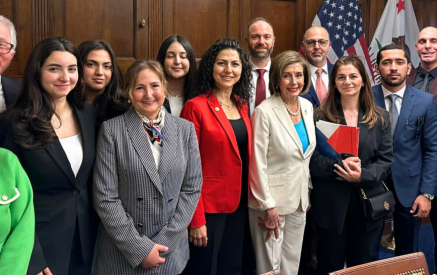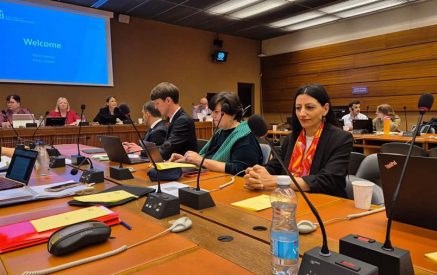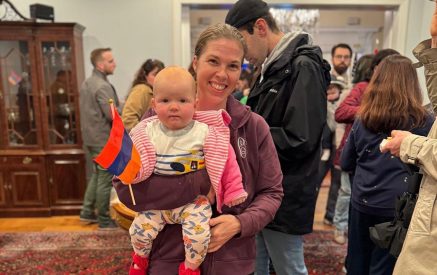On the 25th Anniversary of the 6.7 magnitude Northridge Earthquake, Assemblymember Adrin Nazarian announces the Safe & Sound Act to prepare California for the next big earthquake.
“We deserve a safe and sound California that can bounce back quickly after the ‘big one’ hits, with limited loss of life and property,” stated Assemblymember Adrin Nazarian. “By proactively protecting our infrastructure we will save lives, protect property, and create jobs.”
30% Seismic Retrofit Tax Incentive
Legislation will establish a five-year 30% tax credit for qualified costs associated with seismic retrofit for qualified owners of an “at-risk property.” The tax credit is awarded upon completion of seismic retrofit.
Other key components:
· Authorizes the Franchise Tax Board to administer the credit on a first-come, first-served basis, through a process of local certification.
· Provides that a municipality’s local agency with jurisdiction for building code and safety enforcement certify an “at-risk building” located within their area.
· Defines an “at-risk property” as a building that is deemed hazardous and in danger of collapse in the event of a major earthquake including but not limited to, soft story buildings, non-ductile concrete residential buildings, and pre-1980 concrete residential buildings.
· Provides what type of seismic retrofit construction qualifies under the credit to mitigate seismic damage.
The tax credit can be applied to personal income tax or corporate taxes. Money is not directly taken out of the general fund. It is however a realized loss from future general fund revenue the state would have acquired absent this program. As an example, for every $100 spent on seismic retrofit, there will be $30 in future revenue loss to the state under this program for eligible recipients.
Strengthening Building Codes
Currently, state law only requires a building to protect the loss of life, but not the loss of property. In the event of a major earthquake, our buildings should withstand the earthquake, but could be rendered uninhabitable. This would result in a massive loss of housing throughout the earthquake zone, exacerbating our already dire housing shortage in California.
Analyses of large earthquakes anticipated in Southern California and the Bay Area predict that up to half of buildings built to the current code will suffer enough damage to be flagged as dangerous by local building departments. This represents trillions of dollars of damage, displacement of people from their homes, and a significant disruption to the regional economy.
“By strengthening our building codes we are proactively preventing catastrophic property damage, economic disruption, and loss of homes,” stated Assemblymember Adrin Nazarian. “We are already dealing with a severe housing crisis across Southern California. It’s just common sense to make new buildings safer and stronger. Doing so will ensure that we can get back to business as usual after a major earthquake.”
Mapping Seismically Vulnerable Buildings
While some cities have started identifying vulnerable buildings and implemented mandatory retrofits, large swaths of the state have not identified vulnerable buildings.
“Mapping out our seismic vulnerabilities allows local municipalities to be better prepared when an earthquake hits,” stated Assemblymember Nazarian.
This bill would require city and county building departments to create an inventory of potentially seismically vulnerable buildings within their jurisdiction and submit it to the California Seismic Safety Commission (CSSC). The legislation will:
· Develop criteria to identify seismically vulnerable building types.
· Direct building departments to develop an initial list of potentially vulnerable buildings.
· Build and maintain a statewide data repository of potentially vulnerable buildings.
An accurate statewide building vulnerability map is essential as a first step in developing longer term solutions to mitigate the effects of a large-scale earthquake and to protect our economy and limited affordable housing stock.
The three bills had previously been vetoed by Governor Brown. With new leadership in the Governor’s office, Assemblymember Nazarian is cautiously optimistic that California will make earthquake preparedness a priority before it is too late.





















































